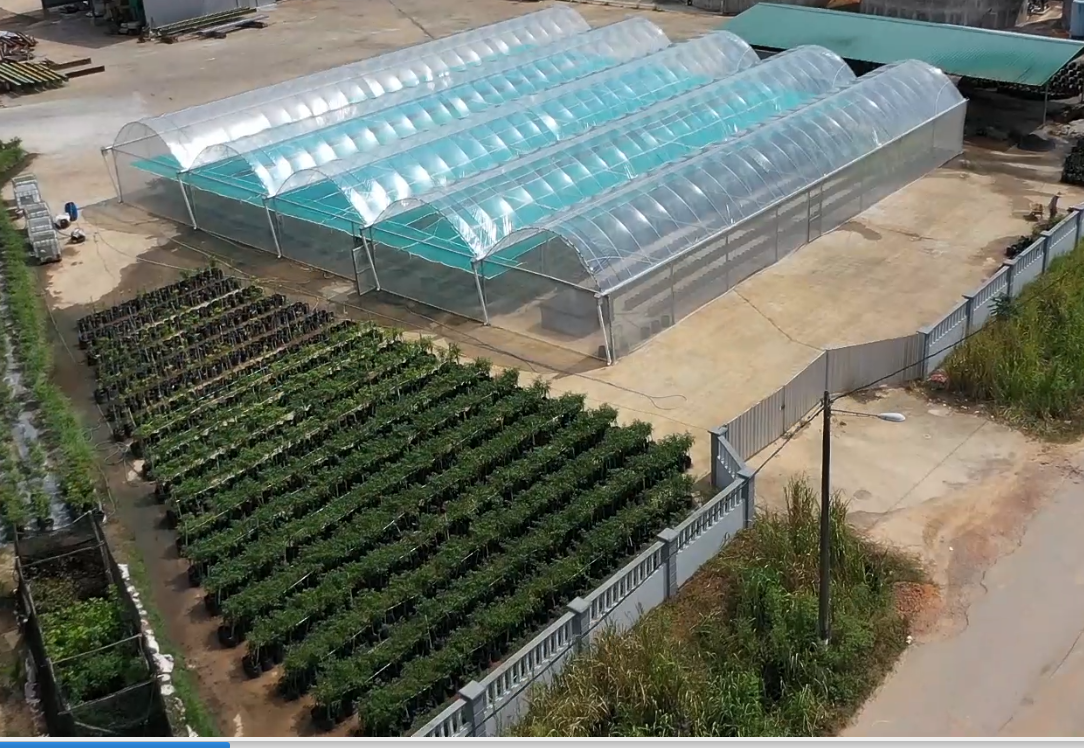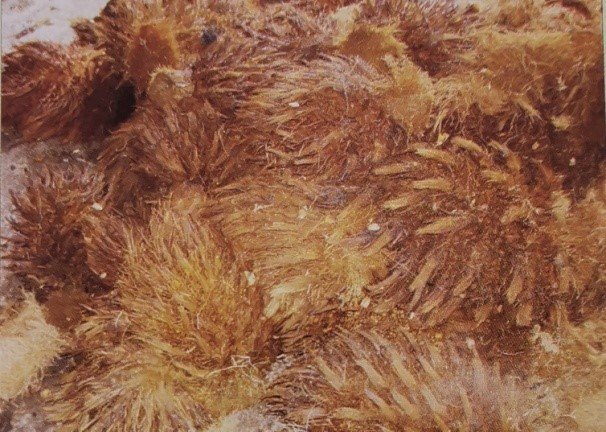Sustainability in Malaysia: Oceanic Fabric Mill
This Malaysian Mill puts sustainability first.
natific recently performed a Color Accreditation Program (CAP) certification at Oceanic Fabric Mill Sdn. Bhd. in Malaysia. They have been supplying fabric to customers for over 40 years. We were excited to see and learn about all of the sustainability measures being taken at their facility. Additionally, we would like to congratulate Oceanic Fabric Mill on their first CAP!
In addition to their commitment to delivering high-quality products, Oceanic has committed to practices that contribute to environmental sustainability. We were eager to learn about their initiatives in person.
Their region contains large amounts of palm oil biomass, pictured below, which is treated as agricultural biomass.
Oceanic Fabric Mill uses it as a source of renewable energy. They have invested in a Biomass Boiler System, which allows them to produce heat energy for the factory from the palm oil biomass, rather than traditional energy sources.
The boiler system produces fiber ashes which are used as fertilizers for local organic farms. They have also started their own small organic watermelon farm and landscaping department to sustain the surrounding ecosystem.
As a CAP level 3 accredited piece dye mill, Oceanic is operating at a high level of competence in color quality and dyeing capabilities. The certification applies to all acknowledging brands and, based on the determined CAP level, mills can be qualified to go straight to production. The initial certification is valid for three years, after which an annual reCAP is required to maintain the certification.
Pictured right, organic farming and landscaping at the Oceanic facility in Malaysia.
natific certifications and software solutions enable supply chains to have more visibility, less waste, and less international shipping for those who are able to go fully digital with their color processes. Our latest innovation, the bomler platform, allows supply chain mapping down to the raw material and, if using nIGMA, accurate Eco – Impact data can be calculated and shared.



